The ranching industry’s toxic grass problem
Food Environment and Reporting Network
MARCH 27, 2024
The disorder, fescue toxicosis, costs the livestock industry up to $2 billion a year in lost production. Fescue toxicity is the most devastating livestock disorder east of the Mississippi,” said Craig Roberts, a forage specialist at the University of Missouri (MU) Extension and an expert on fescue. And he can point to some wins.



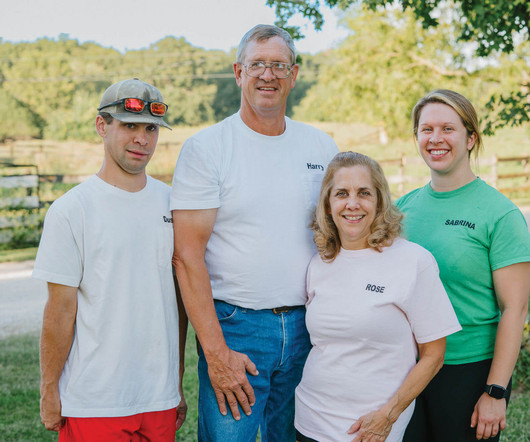




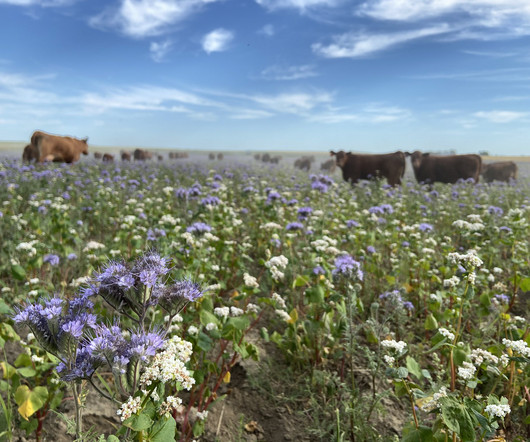




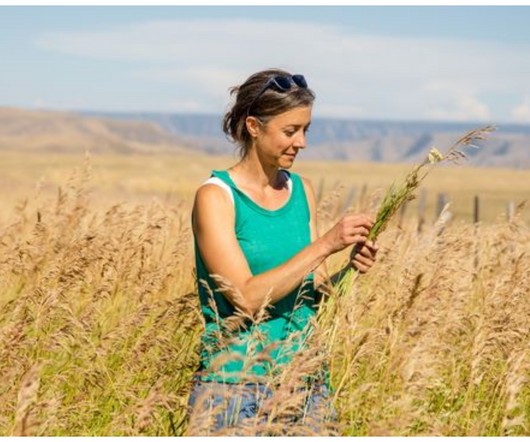

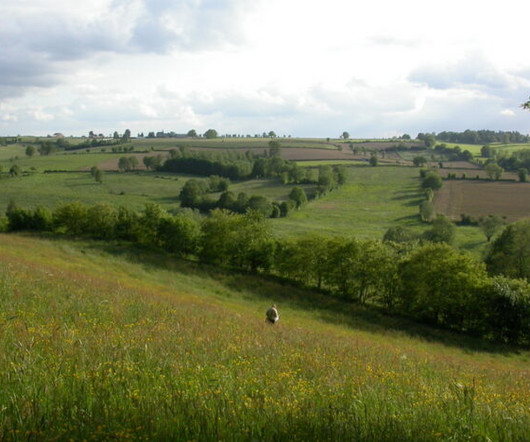

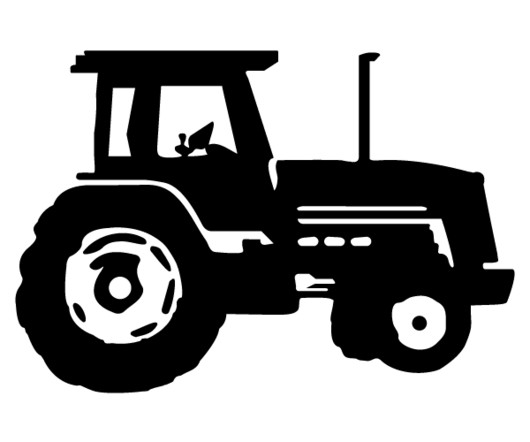
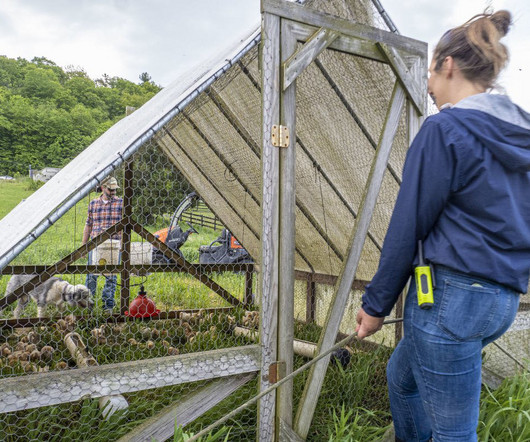







Let's personalize your content